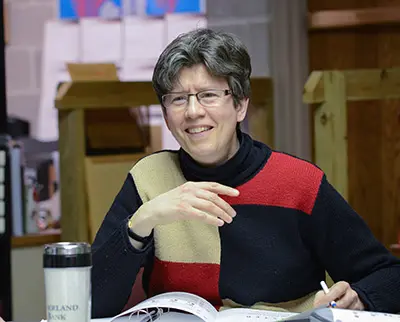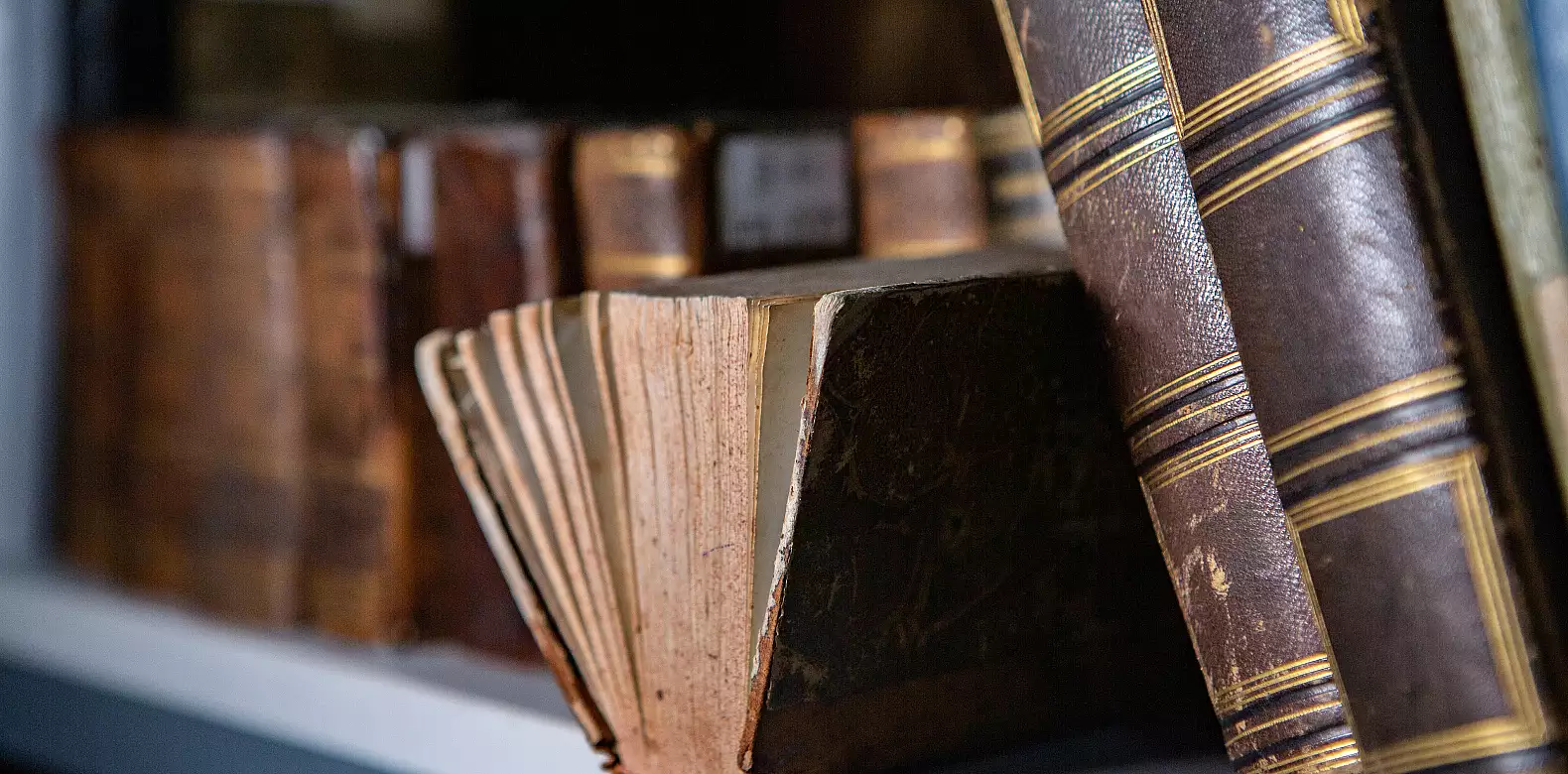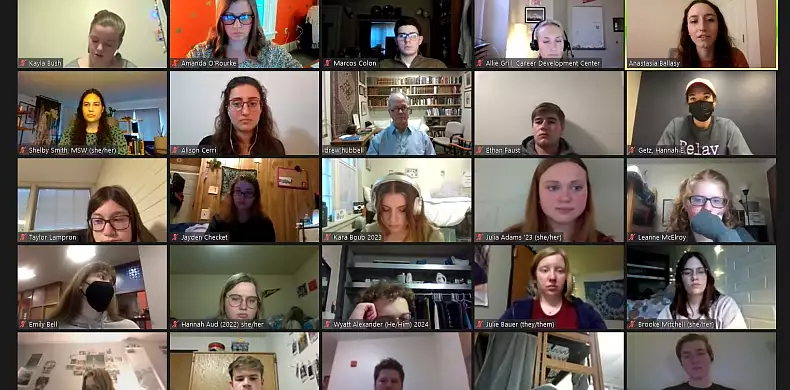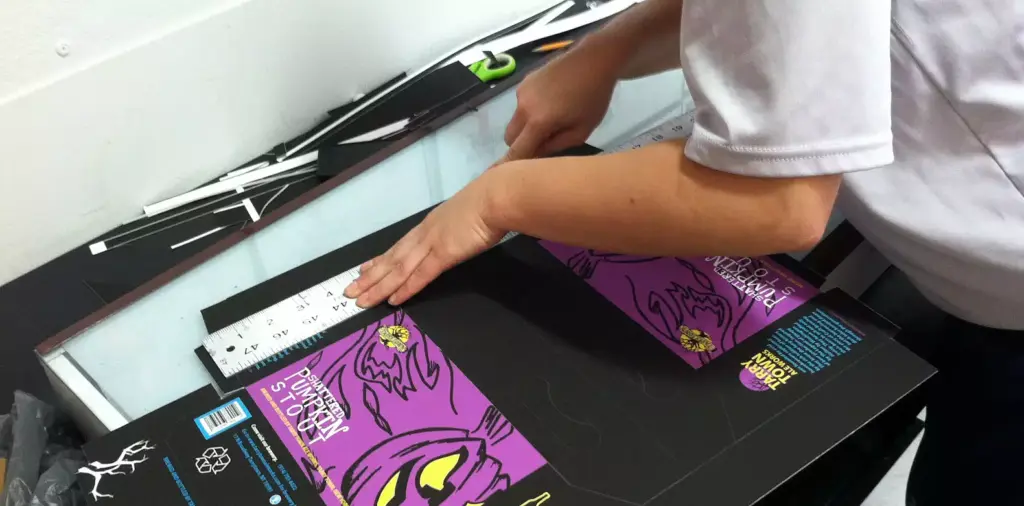Lynn Palermo, associate professor of FrenchTwo Susquehanna University professors have undertaken an innovative historical research project—translating short stories from French to English and mapping the neighborhood in which those stories took place.
Translating and Mapping the Marais began as a collaboration between Lynn Palermo, associate professor of French, and Catherine Dent, associate professor of creative writing, translating short stories by French author Cyrille Fleischman.
“For me, his stories brought to life the iconic Jewish Marais, a neighborhood in which I had lived while doing research in Paris,” Palermo said.

“Fleischman gives [his stories] a kind of intensity with his quietness and gentleness that attracted Lynn and me,” Dent added.
Fleischman was born in 1941 in the Marais in Paris, a neighborhood that was home to a large community of Ashkenazi Jews. He eventually studied law, but while practicing, began writing short stories portraying Yiddish characters of the Marais in the 1950s. He is best known for three volumes of short stories centered on the neighborhood of the Saint-Paul metro station.
Nazi occupation and subsequent gentrification reduced the neighborhood’s Yiddish character in the past few decades. During their sabbaticals, Palermo and Dent spent time in the Marais interviewing residents who knew the area in the time Fleischman’s stories were set and photographing landmarks referred to in the stories themselves.
The result is a project to develop a digital map of the Marais with several layers: the Marais of Fleischman’s imagination; the Marais of memory, including references to landmarks gathered from interviews with or memoirs by residents of the neighborhood; the Marais of history, with photographs and newspaper clippings; and the Marais of today, including current photographs of various landmarks. All of this illustrates how Fleischman’s characters interact with their physical, cultural and historical environment, and how Fleischman’s imaginary universe collides with history and memory.
Palermo will direct the project as it moves forward, with the collaboration of Robert Sieczkiewicz, assistant director of instruction and digital scholarship at Susquehanna’s Blough-Weis Library, as well as student researchers. Palermo and Dent will continue their work together, translating Fleischman and other authors.
This research project has inspired Palermo to commit herself to translating writers, especially women, who have been marginalized in some way in the dominant culture in which they have published their work.
“I treat each piece I translate as a site where cultural and historic tensions play out,” Palermo said. “In addition, translation provides opportunities to take our research beyond the walls of the academy to the larger reading public. I hope to use this mapping project in community venues as a springboard for discussions on issues of societal inclusion and exclusion.”



